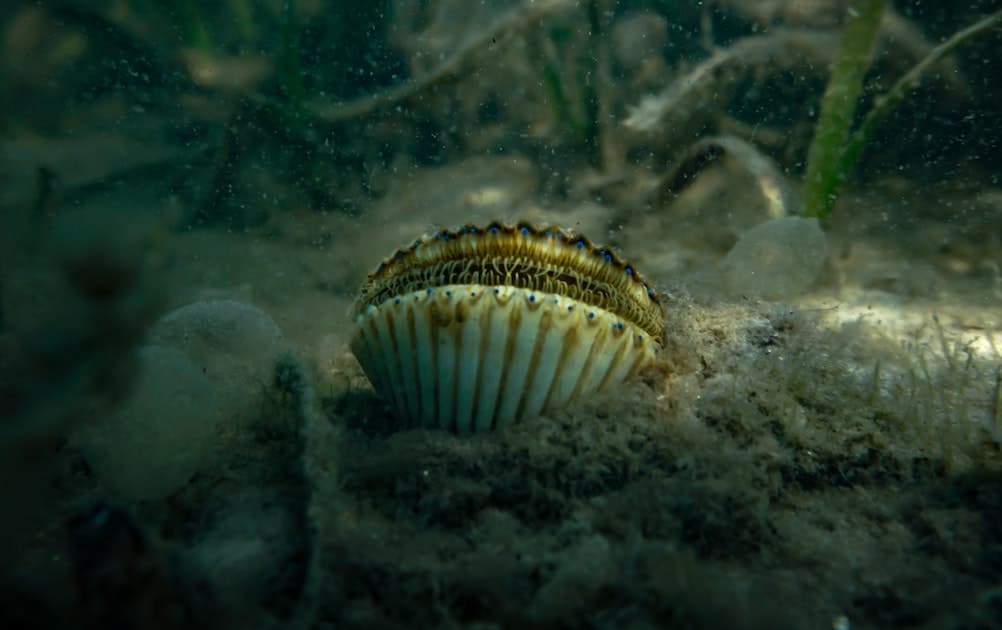Scallops and a Seismic Shift
If you’ve recently ordered a seafood platter or visited Tasmania, you might know a little about scallops. They are a verified delicacy — a versatile protein whose unique flavour and texture drive the creation of industry, technology, and, of course, scallop pies.

Here’s something you might not know. Scallops have 200 eyes, dotted around the outside of their shells. Something no one knew, however, was if seismic survey technologies had any effect on scallops.
Marine seismic surveys are projects undertaken by the oil and gas industry. The technology has been used safely for decades. Put simply, seismic surveys see sound waves amplified into the sea floor, mapping the geology beneath the seabed to aid exploration.
With Beach Energy planning the Prion 3D Seismic Survey in the Bass Strait, commercial fisheries’ concerns needed to be addressed and a seismic shift in engagement sought.
A duo of research programs were developed with the Institute of Marine and Antarctic Studies (IMAS), and in consultation with CSIRO and the Bass Strait Scallop Fisherman’s Association.
The first study was to assess scallop biomass and conduct a ‘before and after’ impact study on potential new scallop beds in a small part of the southwest corner of the Prion Survey area.
The second study is a nation-leading collaborative research project to test emerging advanced seismic survey technologies whilst also researching the impacts to scallop and lobster from conventional seismic technology, compared to the new technologies.

Beach Energy CEO Morné Engelbrecht said Beach’s consultation and collaborative approach with fishers was consistent with the company’s purpose to sustainably deliver energy for communities.
“Rather than rest on the existing scientific evidence that seismic surveys do not adversely impact fisheries in our survey area, we listened to the fishing industry’s concerns and undertook two key studies to further build upon the evidence base,” Mr Engelbrecht said
The results? Negligible impacts to scallop biomass, sustainable commercial fishery stocks, or to commercial fisheries more broadly. In the case that a fishery does see economic impact from the survey, resolution and compensation can be sought via the Fair Ocean Access scheme.
Focused on the wellbeing of scallops, the studies are an exercise in productive co-existence between two major industries.
Now if only we had some research on where to find a decent scallop pie on the mainland…
Read more about the study in Beach’s Sustainability Report here or via the CSIRO here
More:
Collaborative study with fishers recognised with peak industry award
Explore
with Natural Gas Subscribe


